STORY
Date of Discussion: September 13, 2024
At the Center of Technological Innovation,
Challenging the Future Beyond Extensions of the Past
KDDI xG Networks was born in 2019 as a joint venture between KDDI, known for its “au” brand in telecommunications, and CTC, a major System Integrator. To create a “mobile network connecting all people and things,” the company is engaged in the development and operation of next-generation communications, known as 5G SA.
Where does KDDI xG Networks stand as it enters its fifth year?What does the vision leading the evolution of the “power to connect” mean, and what challenges are they tackling? We spoke with President Takashi Kikuchi and Executive Vice President Yasuyuki Furuhata.

Left: President Takashi Kikuchi
Kikuchi joined Kokusai Denshin Denwa Co., Ltd. (now KDDI) and was primarily involved in the development of communication systems. In 2020, he served as Deputy Director of the Mobile Technology Division and became CTO of KDDI xG Networks in 2021. From April 2023, he has been serving as President of KDDI xG Networks.
Right: Executive Vice President Yasuyuki Furuhata
Furuhata joined Itochu Techno-Science Corporation (now Itochu Techno-Solutions) and was responsible for major mobile carriers in the information and communication division. Since 1996, he was in charge of infrastructure facilities for KDDI, including DION and EZweb, as well as core infrastructure facilities such as integrated IP networks. From 2010, he served as a sales manager for public services (postal services, highways, railways, etc.). From 2019, he led strategic planning and execution as the KDDI account manager. He joined KDDI xG Networks as Executive Vice President in April 2024.
Implementing 5G SA Faster Than Anywhere Else
A new company to take on the challenge of creating value with a new framework
――Can you tell us about the background of the birth of KDDI xG Networks (hereafter, xGN)?
Kikuchi:As you know, mobile communication services have evolved to the fifth-generation mobile communication system (5G). However, the conventional 5G NSA (Non-Stand Alone) combines 4G LTE systems with 5G, which means it cannot fully realize the potential of 5G. To achieve “multiple connections” that connect a large number of devices in one area and “low latency” that allows data to be sent without delay, enabling network slicing, it was essential to introduce a new system standardized with a cloud-native architecture. xGN was created as a new framework to realize these goals as quickly as possible.
It is a challenge by KDDI and CTC to implement 5G SA as soon as possible with new initiatives, free from the constraints of each company’s scale and customs.
Our xGN members also take on daily challenges with the mission “to create new service value by providing advanced mobile networks timely and stably based on exceptional technical capabilities and outstanding processes.”
Process Transformation Possible Only at xGN,
Which Has Both Development and Operation Perspectives
――Since its establishment in 2019, 5G SA was launched in 2023. How has it been so far?
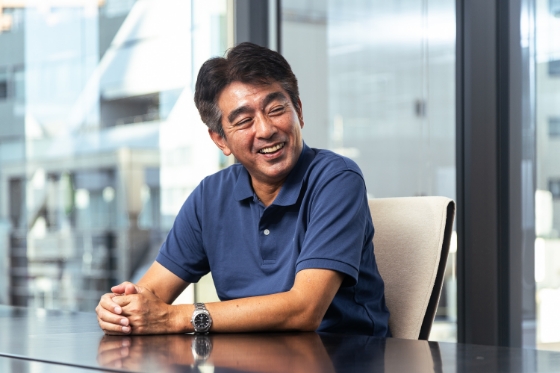
Kikuchi:We have already realized some automation and undertaken efforts to refine superior processes. Equipment failure is inevitable when providing services, but in the old systems, professionals with years of experience would troubleshoot and perform tasks based on their intuition.However, xGN performs these processes entirely automatically.
The entire system is monitored automatically, and any problems are automatically eliminated.Humans only need to verify that the problems have been correctly dealt with at the end. This is a significant advancement.
Furuhata:This is something that only xGN, which builds systems with operational efficiency in mind, can do. In many companies, the development department, whose goal is “to create services,” and the operations department, which prioritizes “not stopping services,” are separate entities.
However, at xGN, the development and operations departments are very close, making it possible to develop and operate with both speed and quality in mind, maintaining service stability from the development stage.
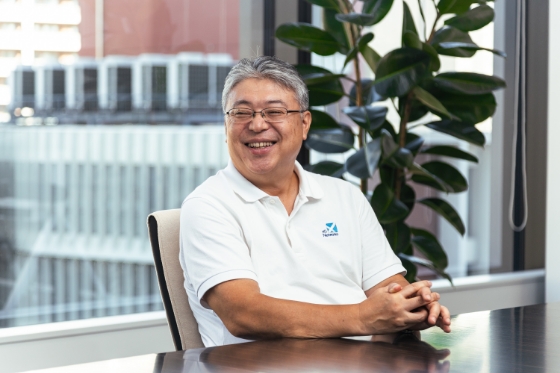
xGN’s Talent Challenging Value Creation as a Group of Technical Professionals
――Over the past five years, many employees from KDDI and CTC have gathered. How do you see their growth?
Kikuchi:Although the number of employees has exceeded 200, it is still a young organization and not very large in scale. Everyone will eventually return to their original companies, but I hope they will hone their skills through experiences unique to xGN. On the other hand, taking on the challenge of creating new value may involve not only enjoyment and fulfillment but also hardships. As a company, we want to provide various support to make work enjoyable and fulfilling. As part of this, we allocate 5% of working hours to “challenge time.” Employees use this time for learning new technologies or spending time with their families, utilizing it according to their sense of fulfillment.
Furuhata:I joined in 2024, so I have only been with xGN for about six months, but I find it a very interesting organization, like a professional training school. Initially, KDDI and CTC were in a buyer-seller relationship in their business dealings. While there was trust, as different companies, there were inevitably parts where they couldn’t fully reveal their inner workings. However, having gathered in one company, xGN members have perspectives from both KDDI and CTC, allowing them to consider how services should be with a broad vision while still pursuing depth.
It is an excellent environment for honing skills and challenging ourselves as a group of professional engineers, so I feel the growth speed of our members is very fast.

“The Vision 2030, imbued with our aspirations and hopes
for the future.”
We create new value, and lead the evolution of the “power to connect” through the challenge of continuous change.
――Can you tell us about xGN’s “Vision 2030” formulated in 2020?
Kikuchi:In 2020, volunteer employees gathered to think, discuss, and articulate our future aspirations. This resulted in the Vision 2030 statement, “Creating new value through continuous transformation and leading the evolution of ‘connecting power’.” It expresses our commitment to always challenge ourselves, create value, and continuously innovate.
We also aim to lead the evolution of “connecting power” as part of KDDI Group’s “KDDI VISION 2030,” which aspires to “create a society where everyone can realize their dreams by evolving ‘connecting power’.” Though it may be ambitious for a subsidiary, this is the sentiment we have embraced.
Furuhata:While refining the construction of 5G SA that we have been working on, we aim to lead new technologies that will be utilized in 2030 by leveraging the technological capabilities we have cultivated as xGN. It is a vision that incorporates all the essential elements for xGN as a group of continuous challengers. Under this Vision 2030, we are planning to enhance our output with higher clarity on how each individual will grow and what value xGN will provide.
Enhancing Value by Refining Processes and Talent,
Balancing Speed and Quality
――What specific initiatives are you taking?
Kikuchi:In our mid-term management plan starting in 2023, we aim to “enhance value by refining processes and talent, balancing speed and quality.” We are working on internalization to strengthen automation and responsiveness to change, fostering multi-skilled talent to support sustainable growth, and enhancing organizational capabilities and management foundations.
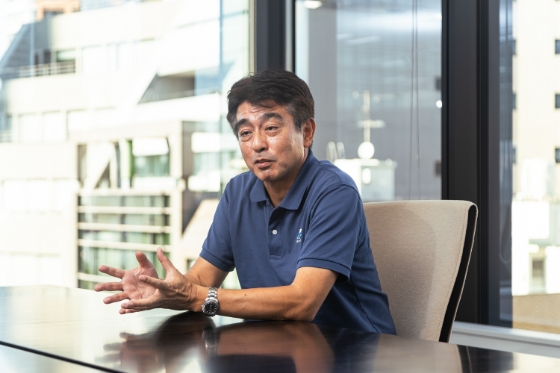
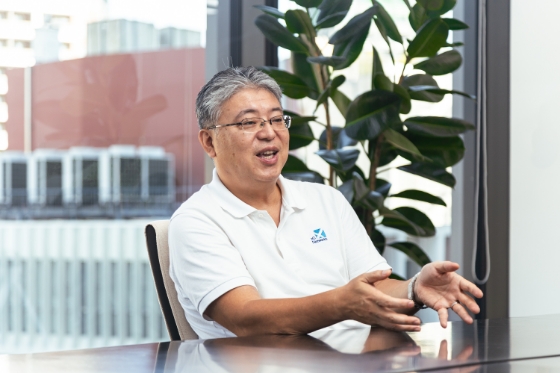
Furuhata:One of the most xGN-like initiatives is executing projects in a matrix format. In a hierarchical organization, engineers are only responsible for the assigned part. While this approach is convenient for managers, it limits engineers’ areas of experience.
However, forming projects in a matrix format allows engineers to gain experience across multiple technical areas. It is a framework that is quick, focused on results, and fosters multi-skilled talent.
xGN’s Challenge Connecting to 2030 and Beyond
Continuing to challenge technological innovations,
as the name xGN suggests
――What are your thoughts on the future beyond 2030?
Furuhata:The name “xGN” is derived from the variable that counts up from 5G, 6G, 7G, and so on. Currently, 5G is mainstream, but by 2030, how will communications be used? While it is an unknown world, it is certain that society will rely even more on IT and communications.
We want xGN to be at the center of technological innovations, continuously honing our technology and services, and providing value to customers and end-users.
Kikuchi:While it may seem that communications are already widespread, there are still many things that cannot be done through communication. For example, remote-controlled robotic surgeries or autonomous driving are still technologies found only in dramas or movies. To realize these, uninterrupted and quality-assured communication is essential, but the service level of such technology has not yet been reached. It will take time to realize these, but by continuously challenging each hurdle in different ways and creating new value, the possibilities will expand.
We will continue to face challenges to lead the future of connecting power and the bright future of Japan and the world.
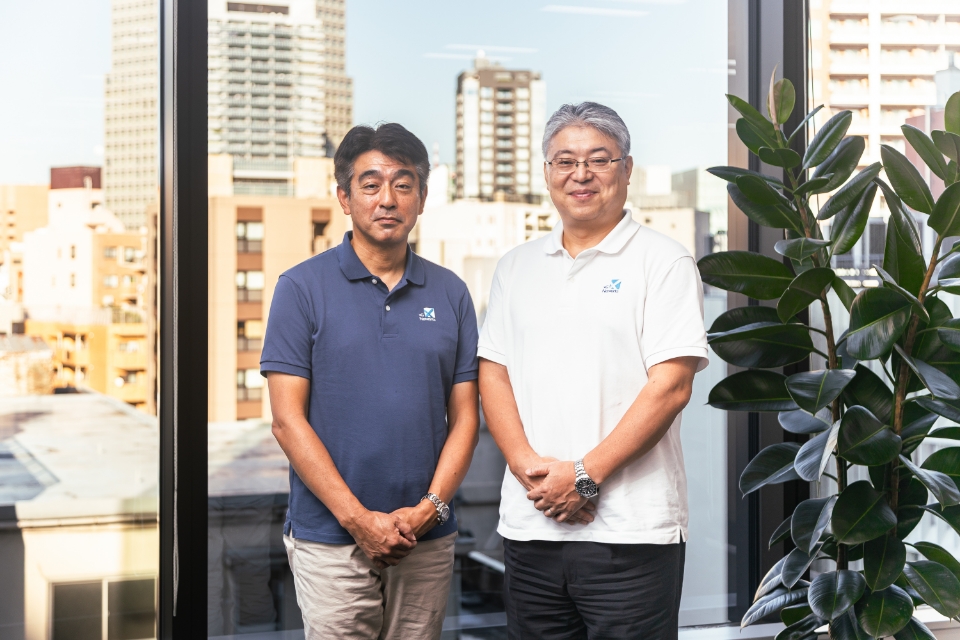
 KDDI xG Networks Corporation
KDDI xG Networks Corporation